| Share |  |
 | |||
Detoxifying For Better Health - Part 3 - Eliminating Toxins From Within
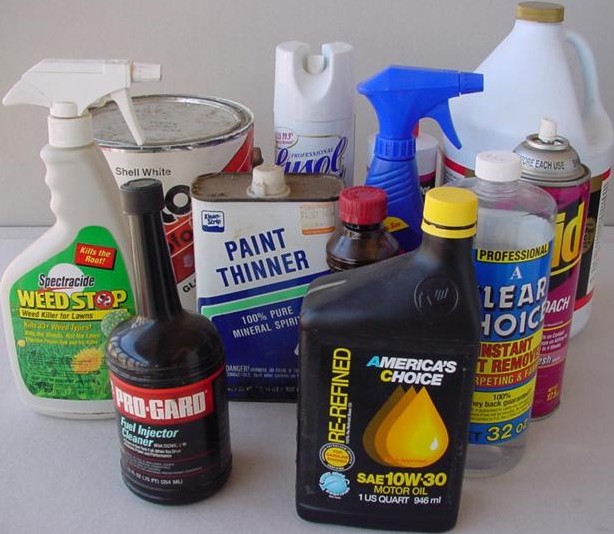 Hundreds of different chemicals enter our bodies through the food we eat, the water we drink and the air we breathe, many of which are substances that did not exist a hundred years ago. In this month’s article we discuss two important internal systems designed to break down toxins and carry them away from the cells and tissues of our bodies. Without the effective functioning of these systems, toxins could not be removed from our bodies through the channels of elimination discussed in last month’s article.
Hundreds of different chemicals enter our bodies through the food we eat, the water we drink and the air we breathe, many of which are substances that did not exist a hundred years ago. In this month’s article we discuss two important internal systems designed to break down toxins and carry them away from the cells and tissues of our bodies. Without the effective functioning of these systems, toxins could not be removed from our bodies through the channels of elimination discussed in last month’s article.
The liver is by far the most important internal organ dealing with these toxins. In the same way that changing the oil filter on a vehicle keeps it running cleanly and efficiently, any measures taken to detoxify the body gives the liver a break and allows it to clean its filter in order 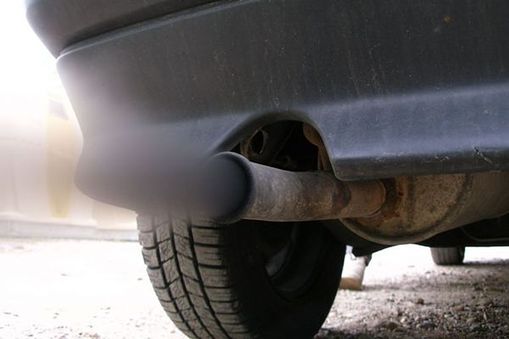 function more efficiently and effectively. The main jobs of the liver are to filter toxins from the blood and convert them to a form that may be safely eliminated through the colon and kidneys. Two quarts of blood flow through this miracle filter of the body each minute!
function more efficiently and effectively. The main jobs of the liver are to filter toxins from the blood and convert them to a form that may be safely eliminated through the colon and kidneys. Two quarts of blood flow through this miracle filter of the body each minute!
Considering that the liver must perform over 500 separate known bodily functions, it is essential that we do our part to prevent it from being overloaded and understand what it needs to function efficiently. If the liver is weak or ineffective in eliminating the many toxins it must handle, it puts us at risk for all kinds of health problems.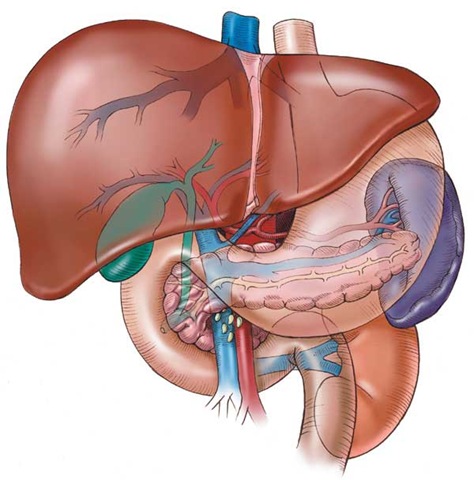
The Liver's Load
Everything a person consumes must first go to the liver upon leaving the small intestine. The liver functions like a quality control lab for the digestive tract by filtering out and breaking downharmful substances so they do not reach other parts of the body. Besides all of the chemical toxins from our food supply and the environment (most of which are fat-soluble), the liver also must break down by-products that occur from the natural course of metabolism (the process of turning food into energy), used up hormones, and toxins emitted from microorganisms (bacteria, viruses, fungi) in the body. Even some substances from healthy foods and herbs need to undergo processing in the liver before the body can use them.
Eating too much food at one time (especially cooked or processed foods) or consuming excess amounts of protein and simple carbohydrates also places extra stress on the liver. When you add other functions, such as the breakdown of alcohol, pharmaceutical (or OTC) drugs and toxins that reenter the bloodstream from fat tissue during periods of fasting, weight loss, stress or exercise, you can begin to see how much the liver has to deal with in order to perform its duties. 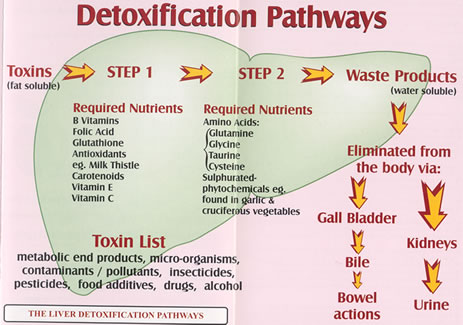 A Two-Step Process
A Two-Step Process
To know how to support the health of your liver, it is helpful to have a basic understanding of the two-step detoxification process used to convert toxins into harmless forms that can be easily eliminated from the body. During the first step, known as “Phase I detoxification”, over fifty different enzymes electrically charge toxins through the addition or subtraction of an electron. This prepares the toxic compound for an additional molecular process that takes place in Phase II detoxification.
During this first phase, most milder toxins are neutralized and released through bile or made water-soluble for excretion by the kidneys in urine. However, more potent fat-soluble toxins are converted to an intermediate form that prepares them for further detoxification in Phase II. This intermediate form is actually more highly reactive and toxic than the original substance. These reactive internally produced toxins can turn into mutagens (causing cell mutation) or carcinogens (causing cancer). Dangerous free radicals (unstable atoms or groups of atoms with unpaired electrons) that damage tissue and DNA can also be created.
In order to convert these highly reactive substances and other potent chemicals into a water-soluble state for easy elimination, Phase II detoxification uses a more complex process known as conjugation. This process binds toxins to an amino acid or other nutrient. Specific nutrients are required for each of the different conjugation pathways.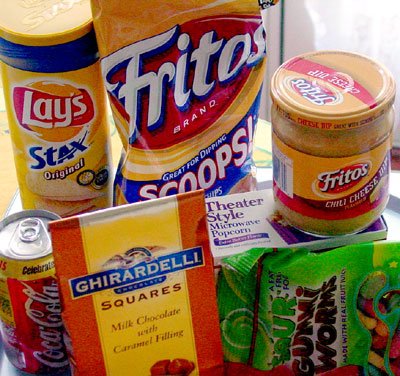 What Hinders the Process
What Hinders the Process
Although it is unnecessary to explain within the context of this article what specific nutrients are required, suffice it to say that particular amino acids, vitamins, minerals, fatty acids, or other nutrient substances must be available in order to power the different detoxification pathways. If these nutrients are not present, the ability of the liver to detoxify harmful chemical substances is impaired.
One major reason that people lack these particular nutrients is that the foods eaten today are so processed and devitalized that they do not begin to cover what is required to complete the process. Not only do modern processed foods lack nutrients, but they also contain so many chemical additives that any available nutrients are easily used up by the liver’s attempts to break down those chemicals. Chronic illnesses are another hindrance to the process of detoxification, because they burn up the body’s nutrient reserves.
Most people are both toxic and deficient in key nutrients. The result is that if they fast for any length of time or attempt a detoxification diet or program, they may experience adverse symptoms. Why? There are lots more toxins being processed through Phase I detoxification at one time than Phase II detoxification can handle, which leaves only partly processed toxins in the body. This is why it is important to understand the detoxification process, what is needed in the way of nutrients and how to go about safely detoxifying the body (the particular steps for properly detoxifying the body will be covered in more detail in an upcoming article). The Effects of a Sluggish Liver
The Effects of a Sluggish Liver
When either liver detoxification phase is sluggish, the liver cannot deal with all of the toxins entering the body. As a result, excess toxins not dealt with are either stored in fat, central nervous system or brain cells, or left to circulate throughout the body in the bloodstream. These blood-borne toxins become an extra burden for the other organs of detoxification. Besides becoming overburdened, these other organs are simply incapable of doing the liver’s specialized role of detoxification. As these toxins are trapped in the body, they can produce chemical sensitivities, genetic damage, and various disease conditions. Some degree of compromised liver function is directly or indirectly linked with cancer, heart disease, arthritis, immune dysfunction, hormonal imbalances, chronic fatigue, fibromyalgia, migraines and countless other illnesses that people experience on a regular basis.
How do you know if either phase of your liver detoxification system is not working efficiently? Typical signs of liver weakness or congestion are:
- Dull and/or frequent headaches
- Lethargy (sluggishness), especially after meals
- Nervous energy in the evening
- Frequent waking between 1 a.m. and 3 a.m.
- Grogginess in the morning
- Skin problems (acne, eczema, etc.)
- Tendency to hold weight in the upper abdomen
- Gastrointestinal symptoms (nausea, bloating, gas and indigestion)
- Poor tolerance to fatty foods
- Respiratory conditions (congestion, allergies, hay fever)
- Pain in muscles and/or joints
- High cholesterol (body produces cholesterol to bind to fat-soluble toxins)
- Reactions to chemicals and drugs
- Anger/irritability
- Hot flashes, PMS symptoms
One way the liver deals with certain toxins is to initiate its own self-cleansing process, which people commonly mistake for a “flu bug”. Nausea, vomiting and diarrhea all can occur when the liver deals with a toxin by flushing it back into the digestive tract via the gallbladder. What is really generating these symptoms is the “toxic bile” irritating the upper part of the small intestines. These unpleasant symptoms are merely the result of the liver’s attempts to detoxify the body. Feelings of nausea, headache and other symptoms of a “hangover” from drinking too much alcohol are due to the liver reacting in a similar fashion.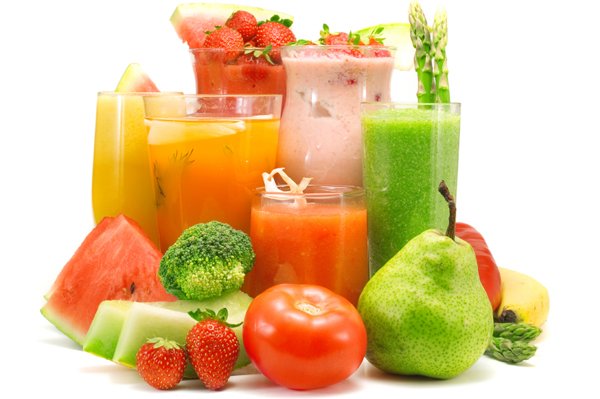 Taking Care of Your Liver
Taking Care of Your Liver
Since the liver bears such a burden in protecting our health, any steps we can take to lighten its load will pay great dividends for our health. Needless to say, eliminating as many chemicals from our diet and environment as possible is a great first step. Following the best liver cleanse program in the world will produce minimum results if the toxic load on the liver is not reduced.
Dietary Guidelines - Limiting your intake of sugar and other refined carbohydrates, artificial sweeteners, fried foods, animal and hydrogenated fats along with foods or beverages containing additives, preservatives, flavoring, etc. will also go a long way in lessening the load of toxins the liver must process. Because eating too much food at a time overworks the liver, eat smaller meals more often that consist of easy-to-digest foods. Avoid products like milk and cheese, which tend to congest the liver and make it difficult to cleanse. Coffee should be avoided during a cleanse as well, since it contains an acid-based oil that is irritating to the liver. Furthermore, the chemical used in the process of decaffeination of coffee, and remaining in the product, is itself toxic! (one cup of coffee takes approximately 12 hours for the liver to detoxify)
Since the efficiency of both phases of liver detoxification is adversely affected by the lack of certain vitamins, minerals, amino acids and fatty acids, it is vitally important to focus on eating plenty of nutrient-dense foods high in phyto-nutrients (chemical compounds, such as beta-carotene, that occur naturally in plants). Large amounts of fresh fruits, green vegetables (the chlorophyll in them helps cleanse the liver), raw salad greens and bitter greens (the “bitters” help stimulate the flow of bile) are highly beneficial for cleansing and rebuilding the liver. Whole, raw, unsalted nuts and seeds are great for getting in quality protein and essential fatty acids. Make sure you are getting sufficient amounts of good fats that are free of toxins such as flax seed oil (some fish and fish oil are contaminated with mercury, a heavy metal - see my article “Understanding Fats – the Good, the Bad and the BEST – Pt. 2” for more information on the best fats).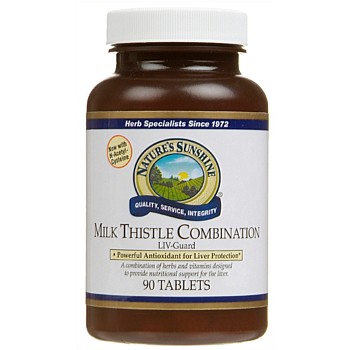
Importance of Fiber and Water - Fiber works well to absorb toxic bile and help flush it out of the system so that it will not be reabsorbed into the bloodstream from the intestines. To further aid the cleansing process, add a good fiber supplement containing psyllium, pectin or oat bran or consume a couple of tablespoons of flax seeds each day. Always remember to drink plenty of pure water to assist in flushing out toxins when undergoing cleansing and after cleansing to maintain good intestinal health.
Liver Supporting Herbs - Herbs can be highly beneficial for strengthening the liver and helping it to flush more quickly. A particular class of herbs (known as cholagogues) contains a property that acts to increase the flow of bile, which facilitates fat digestion and helps cleanse the body of fat-soluble toxins more effectively. Increased bile can also have a mild laxative effect, which improves elimination from the colon. Some of these kinds of herbs commonly used for this purpose are dandelion root, barberry, burdock, celandine, artichoke, yellow dock, turmeric, yarrow and milk thistle seed. 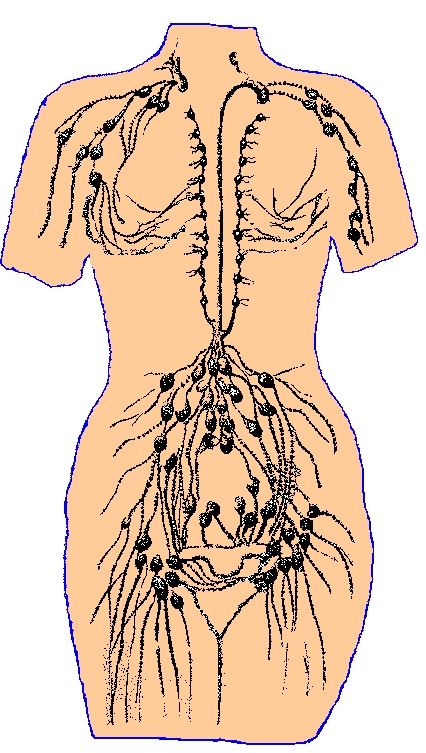 Milk thistle is particularly effective in aiding liver function and helping the liver resist environmental toxins. A standardized extract of milk thistle contains 80% silymarin, an antioxidant complex that helps to strengthen and protect liver tissue. Milk thistle reduces liver congestion and prevents toxins from penetrating liver cells.
Milk thistle is particularly effective in aiding liver function and helping the liver resist environmental toxins. A standardized extract of milk thistle contains 80% silymarin, an antioxidant complex that helps to strengthen and protect liver tissue. Milk thistle reduces liver congestion and prevents toxins from penetrating liver cells.
Cleansing the Lymphatic System
The lymphatic system also plays a key role in efficient detoxification. A vast amount of lymphatic fluid (three times the amount of a person’s blood), bathes the body’s cells and make up its internal environment. It delivers nutrients and oxygen to them and returns waste back to the bloodstream. Some cell and tissue waste goes to lymph nodes, where white blood cells engulf and destroy harmful bacteria, viruses, other toxic materials and waste by-products.
Unlike the blood in the circulatory system, the lymph fluid has no pump to enable it to move freely through the body. Only deep abdominal breathing (breathing from the diaphragm instead of the upper chest) and body movement make it move enough to avoid becoming stagnant. Unfortunately, most people tend to be shallow breathers, which only adds to tissue toxicity. 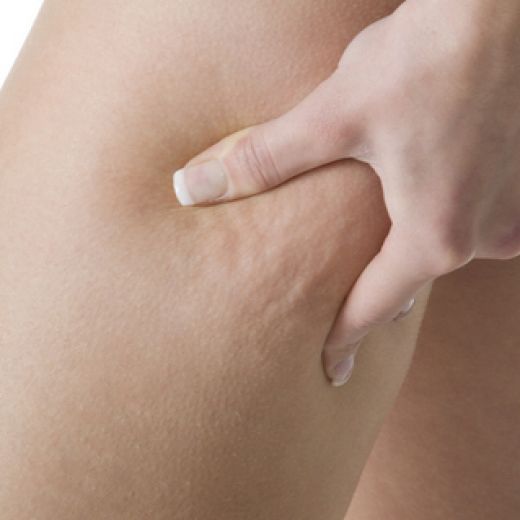
Signs of Lymphatic Congestion
Stagnant lymph increases toxic load of the body and contributes to inflammation, pain and weight gain. One study showed that 80% of overweight women have sluggish lymph systems. People with lymphatic congestion often carry 10-15 pounds of water trapped in their tissues, which contributes to abdominal bloating, fatty deposits, cellulite, and puffiness of the eyes.
Frequent colds, flu and swollen lymph nodes may also indicate toxins and microorganisms are backed up in the lymphatic fluids. If the colon is sluggish, debris from the lymph fluid may get secreted through mucus in the respiratory tract, producing symptoms of colds and congestion. Fibromyalgia and chronic fatigue syndrome are common with lymphatic system deficiencies as well.
Ways to Cleanse the Lymphatic System
One of the most effective ways available to reduce pain, lose weight and enjoy greater health is to cleanse the lymph system. If you suspect that you have lymphatic congestion and/or stagnation in your body, here are some measures you can take to get lymphatic fluid flowing freely once again:
- Learn to breathe deeply from the diaphragm, fully inhaling and exhaling
- Increase heart rate to improve circulation and help cells absorb more oxygen by engaging in regular aerobic type exercise
- Do rhythmic bouncing on a mini-trampoline or rebounder (forces valves in lymphatic system to open and increases lymph flow up to 14 times)
- Drink plenty of water, as the lymphatic system requires fluid to function properly
- Avoid chemical-laden foods as well as foods with simple carbohydrates, sugars and bad fats.
- Eat raw fruit that contains live enzymes (avoid irradiated fruit) and other powerful lymph cleansers such as malic acid, citric acid and quinic acid
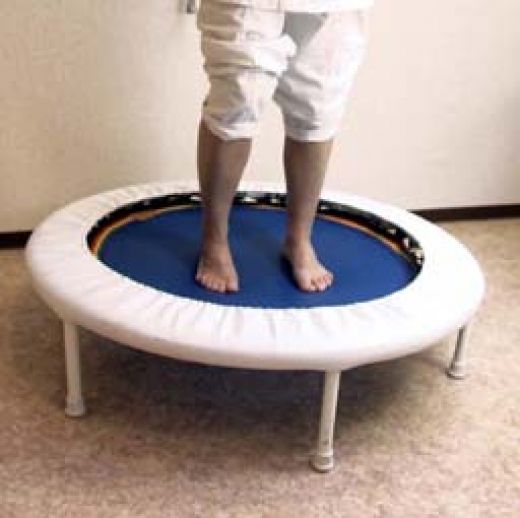
- Eat plenty of green vegetables that provide chlorophyll and vitamins and minerals helpful for lymph cleansing
- Eat plenty of foods high in essential fatty acids vital to lymph system function (flaxseed and oil, organic eggs, raw nuts)
- Get adequate sleep to help eliminate stress hormones that encourage fat storage and a sluggish lymphatic system
- Employ therapies like massage (helps push a large majority of stagnant lymph back in circulation), hydrotherapy (alternating hot and cold showers to stimulate lymph flow), soaking in bath water containing essential oils (geranium, juniper and black pepper are recommended) to stimulate lymph flow and dry skin brushing (stimulates circulation)
- Use herbs that help lymph fluid drain such as cleavers, red clover, echinacea, astragalus, goldenseal, prickly ash, stillingia and red root.
When cleansing the body, it is extremely important to first make sure that the organs of elimination (primarily the colon) are cleansed and working optimally. If you have not read last month’s article (“Detoxifying for Better Health – Part 2”) about that subject, I would encourage you to do so before beginning any cleanse of the liver or lymphatic system. Once accumulated toxins are eliminated from the cells, tissues and organs of the body, they need to exit the body quickly and easily or the person cleansing could feel ill and experience unpleasant symptoms of toxicity.
How to prepare your body for a total body cleansing and more specific guidelines for doing so will be covered in our first issue of the new year. Once your body has undergone a complete cleansing, you will want to prevent toxic levels from building up once again. In next month’s article, I will cover more specifically what types of chemicals are particularly harmful and ways to minimize toxic exposure.
Sources:
- Coming Clean – Your Guide to Detoxifying the Body by Steven H. Horne, AHG
- The 4-Week Detox Plan by Michelle Schoffro Cook, DNM, DAC, CNC
- The Detox Solution by Patricia Fitzgerald, PhD
Copyright © 2008-2015 Lucinda Bedogne, CNHP, CNC
Post Your Comment...
|
|
||||||||||||


